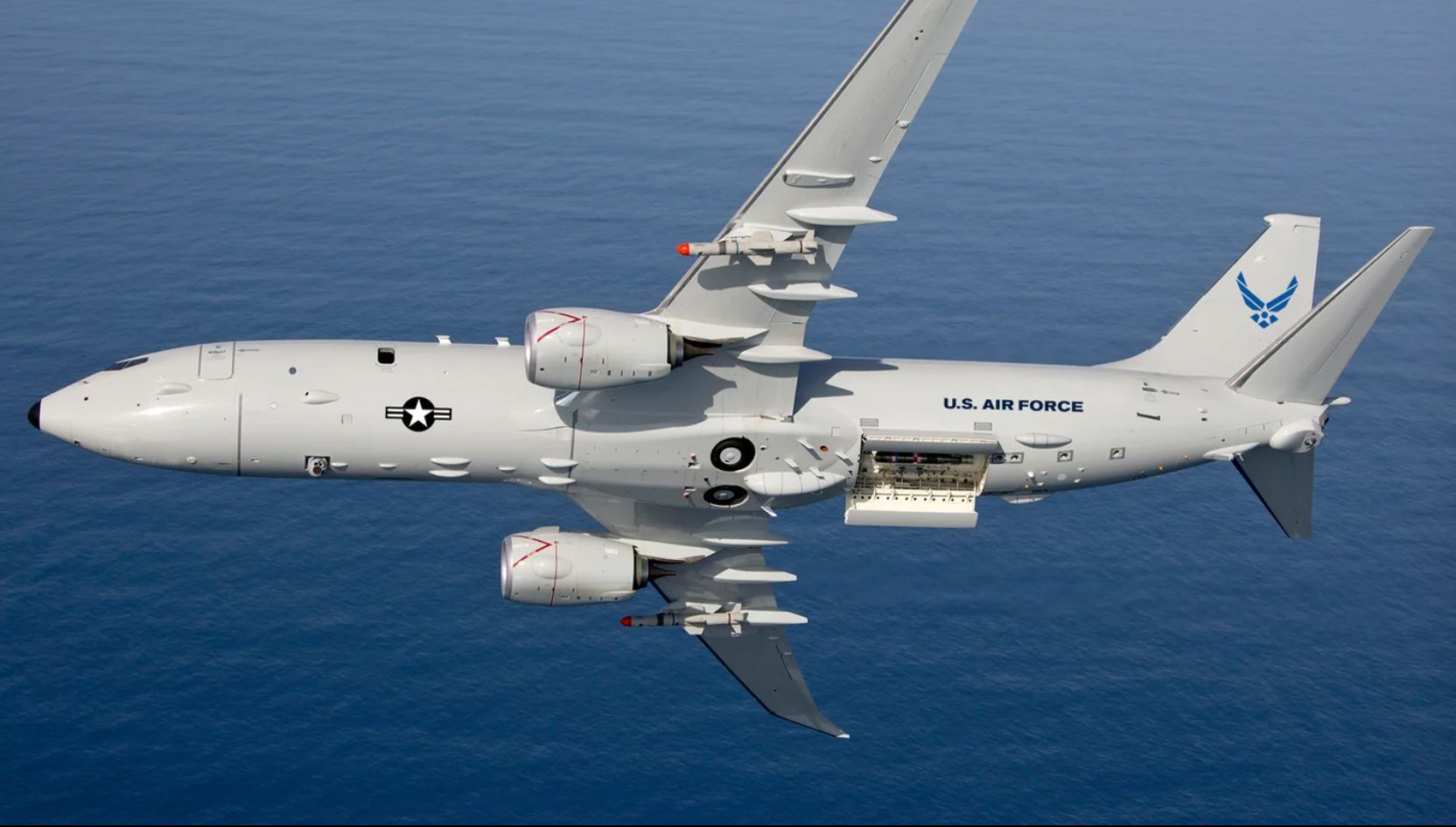The Indian Navy’s P-8I is in the US, participating in Rim of the Pacific Exercise (RIMPAC) 2024, the largest multinational naval exercise, and carrying out drills to hunt submarines in the Pacific.
Despite India being the largest operator of the P-8s submarine hunter aircraft outside the US, it has not been included in the P-8 sonobuoy data-sharing agreement between the US, the UK, and Australia.
Underscoring this as a trust issue, Indian Naval officers say that “interoperability” between the US and Indian Navy is still at least a decade away.
The Indian Navy operates 12 Boeing P-8 Poseidon aircraft to carry out maritime patrol and reconnaissance missions in the Indian Ocean Region. In 2009, the force was the first export customer of the P-8s.
These versatile planes are equipped for anti-submarine warfare, anti-surface warfare, and intelligence, surveillance, and reconnaissance missions. Australia, the UK, and Norway also operate P-8A Poseidon. It has also been selected by the Royal New Zealand Air Force, the Republic of Korea Navy, and the German Navy.
The Indian Navy’s P-8I is in Hawaii to participate in the biennial maritime exercise. The ongoing exercise involves 29 nations, 40 ships, 3 submarines, and over 150 aircraft and focuses on enhancing cooperation and joint operability among the participating forces.
The crew of a Royal Australian Air Force P-8A Poseidon maritime patrol and anti-submarine warfare aircraft shared their experiences tracking a US Navy nuclear submarine and dropping training torpedoes on it off the coast of Hawaii last week.
But the former Indian Navy chief says that India and the US are far from achieving interoperability. Flagging certain issues plaguing the two countries at the recently concluded Defense News Conclave at New Delhi organized by the US Consulate in Kolkata and a think tank CUTS International, Admiral Karambir Singh (retired) pointed out that the AUKUS has kept India out of the trilateral pact for sharing data of the P-8s sonobuoys.
F-16s “Sitting Ducks” For Russian MiG-31 Fighters? Putin Warns Of Consequences Over Fighting Falcons
“There is a trilateral agreement between the US, UK, and Australia to share P-8 data. But India is not part of it,” Admiral Singh said. “Our CMS (Combat Management System) do not talk to each other. Interoperability is required if we want to fight as a blended force, but we are still a decade away from it,” he added.
The AUKUS countries plan to field a new “trilateral algorithm” that will allow them to share information from P-8 sonobuoys with each other. This is the first tangible piece of AUKUS Pillar II technology to hit the field.

Sharing Data For Hunting Submarines
All three AUKUS nations operate the Boeing-made maritime surveillance aircraft; the US operates 120, Australia 12, and the United Kingdom nine. A key component of the P-8 is its sonobuoys, which are dropped into the water to hunt down submarines. With the new algorithm, the three countries can access and process data from each other’s sonobuoys.
Sonobuoy information is highly sensitive, and even Five Eyes partners don’t share it. The data reveals the country’s ability to gather the information and the area where these buoys are deployed. It is a clear map of what and where the country is tracking. Automating that process shows a high level of trust among the AUKUS countries.
The other significance is the thrust AUKUS countries put on submarine hunting and how they can benefit in the Pacific by pooling their information resources from the P-8 fleets.
A burgeoning Chinese submarine fleet has forced the AUKUS countries to use Artificial Intelligence (AI) to track Chinese submarines in the Pacific. The AI algorithms swiftly interpret sonar data collected by underwater devices from all three countries.
The P-8I can fly as high as 41,000 feet, and has a short transit time, which reduces the size of the “Area of Probability when searching for submarines, surface vessels or search and rescue survivors”. It is also used for low-altitude, humanitarian, and search & rescue missions.
P-8 Poseidon naval aircraft in the fleet of the AUKUS countries have been harassed by Chinese aircraft while on patrol missions in the Pacific. The Poseidon has cruise missiles and torpedoes to attack submarines and surface ships. However, aircraft operations would become more robust and precise with the AI technology the partners are expected to explore in earnest.
The innovation has come against the backdrop of a US Pentagon report released in October this year that said China’s submarine force will increase to 65 units by 2025 and 80 units by 2035. China is not only adding more conventional submarines to its arsenal, they are also more sophisticated and technologically advanced.
India-US: So Near, Yet So Far
The US has been underscoring its new status as India’s number one training partner, but the Indian Navy veterans flagged the trust issues the two countries have despite the progress.
US Ambassador Eric Garcetti lauded India’s anti-piracy efforts. “India has 10 ships in the Western Indian Ocean for anti-piracy. The US had the burden for so long, it is good to see India stepping up.”
The Ambassador contended that considering the increasing threat in the region, neither India nor the US can maintain a free and open Indo-Pacific.
Captain Sarabjeet S Parmar (retired) of the Indian Navy called for a structure change in the US Maritime Command, which is responsible for the Indo-Pacific. India has to talk to multiple US commands to coordinate its activities in the region.
INDOPACOM encompasses five subordinate service component commands (US Army Pacific, US Pacific Fleet, US Marine Forces Pacific, US Pacific Air Forces, and US Space Forces Pacific) and three subordinate unified commands (US Forces Japan, US Forces Korea, and Special Operations Command Pacific).
- Ritu Sharma has been a journalist for over a decade, writing on defense, foreign affairs, and nuclear technology.
- The author can be reached at ritu.sharma (at) mail.com
- Follow EurAsian Times on Google News




